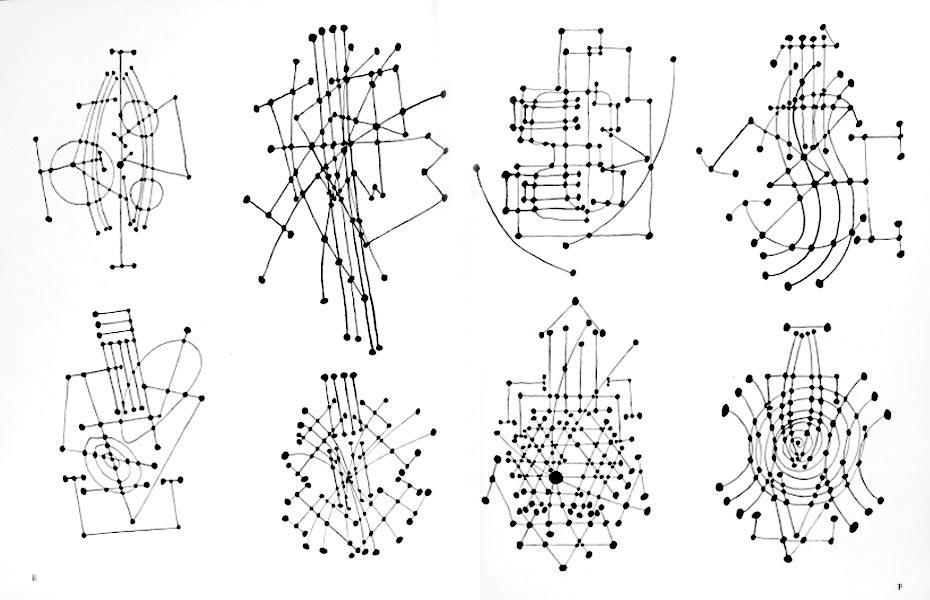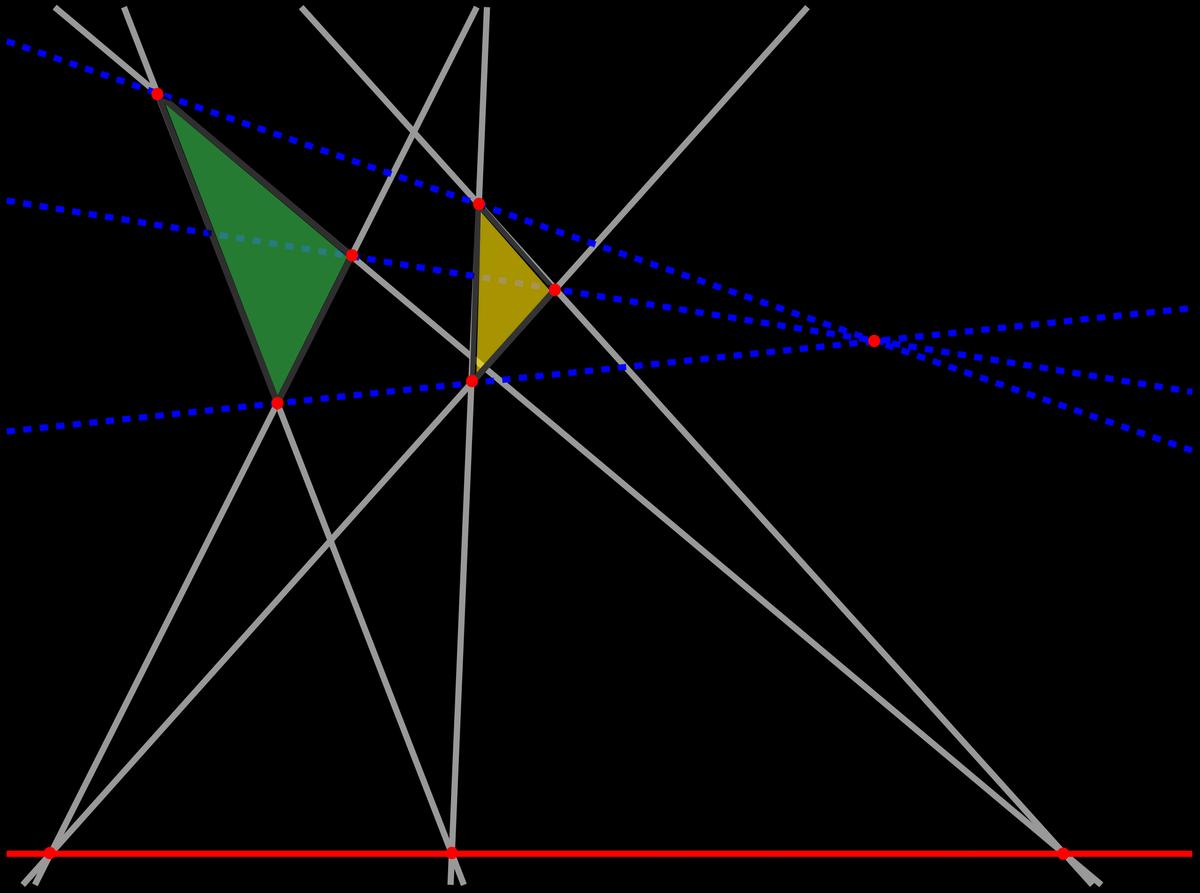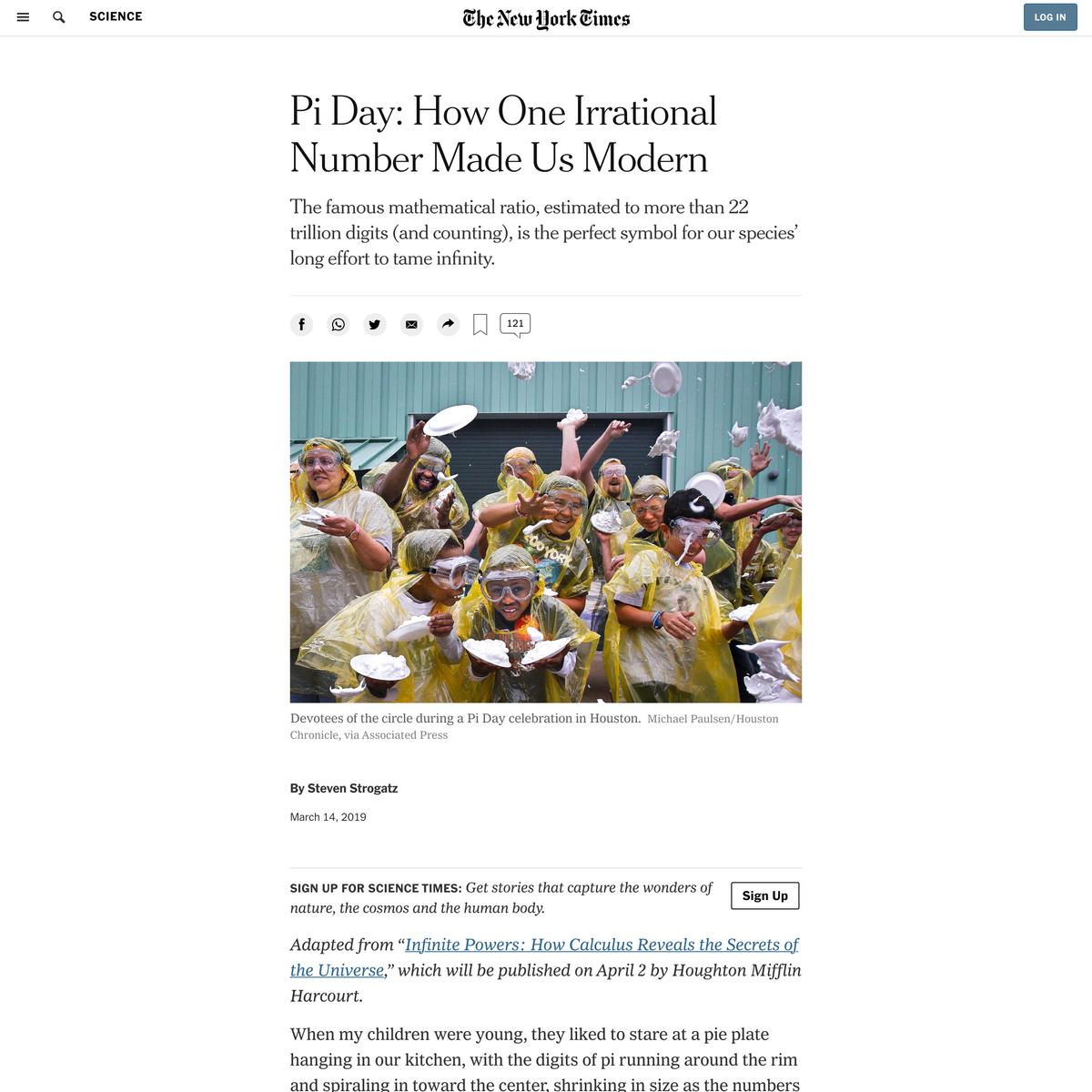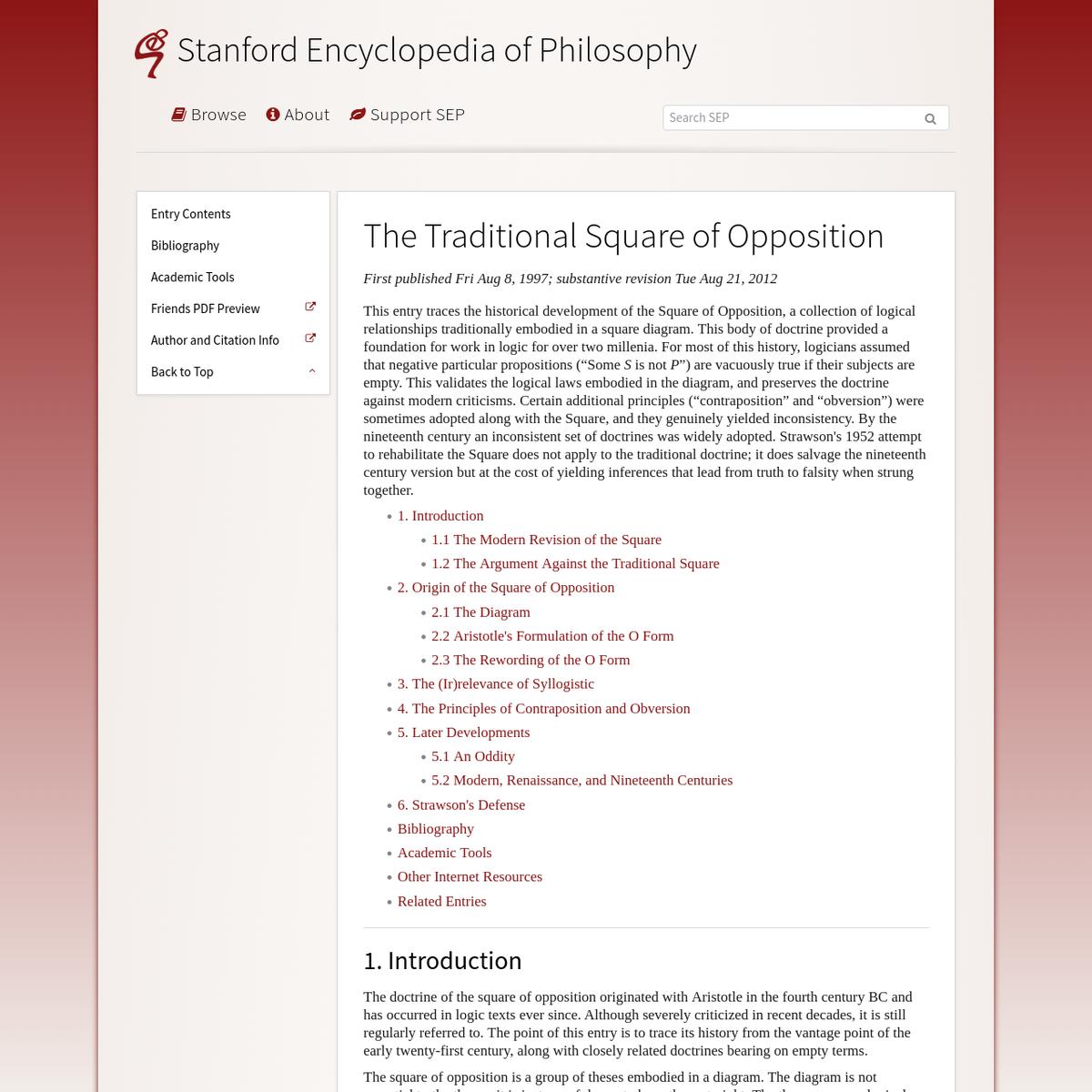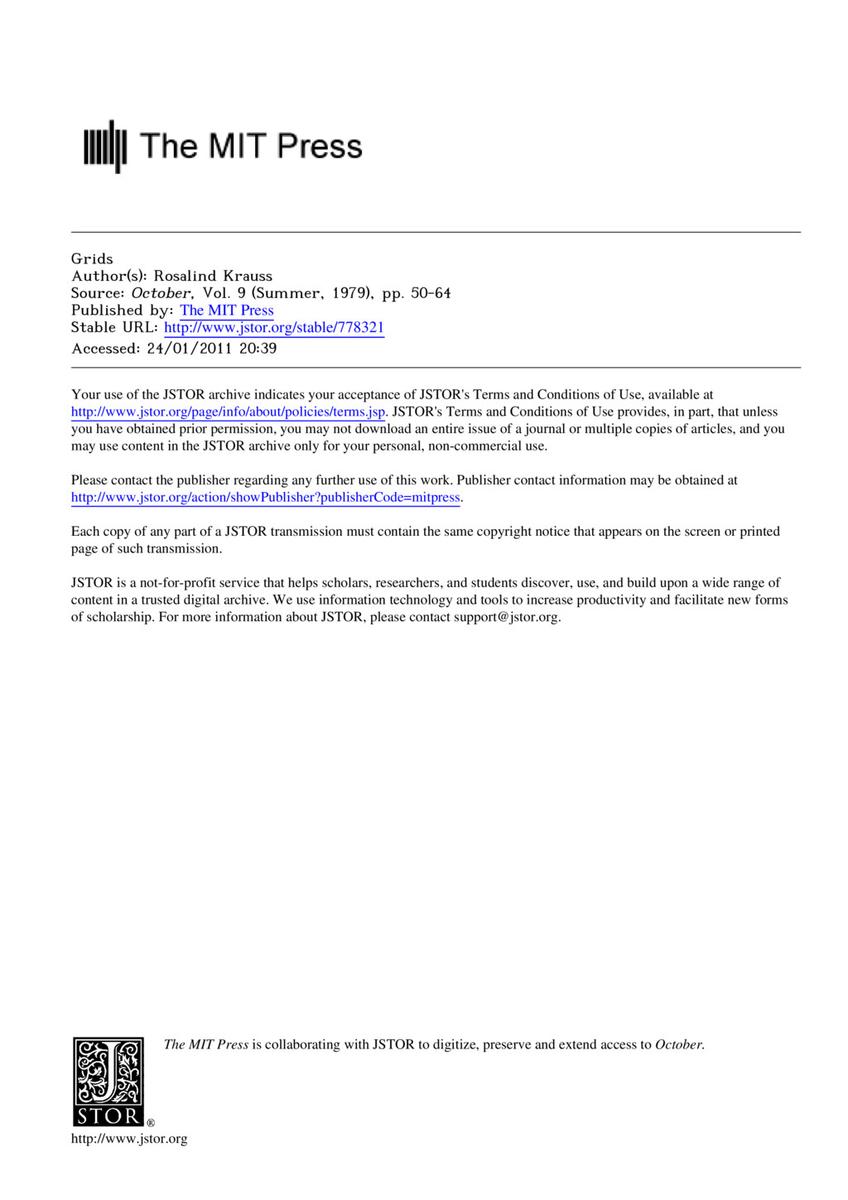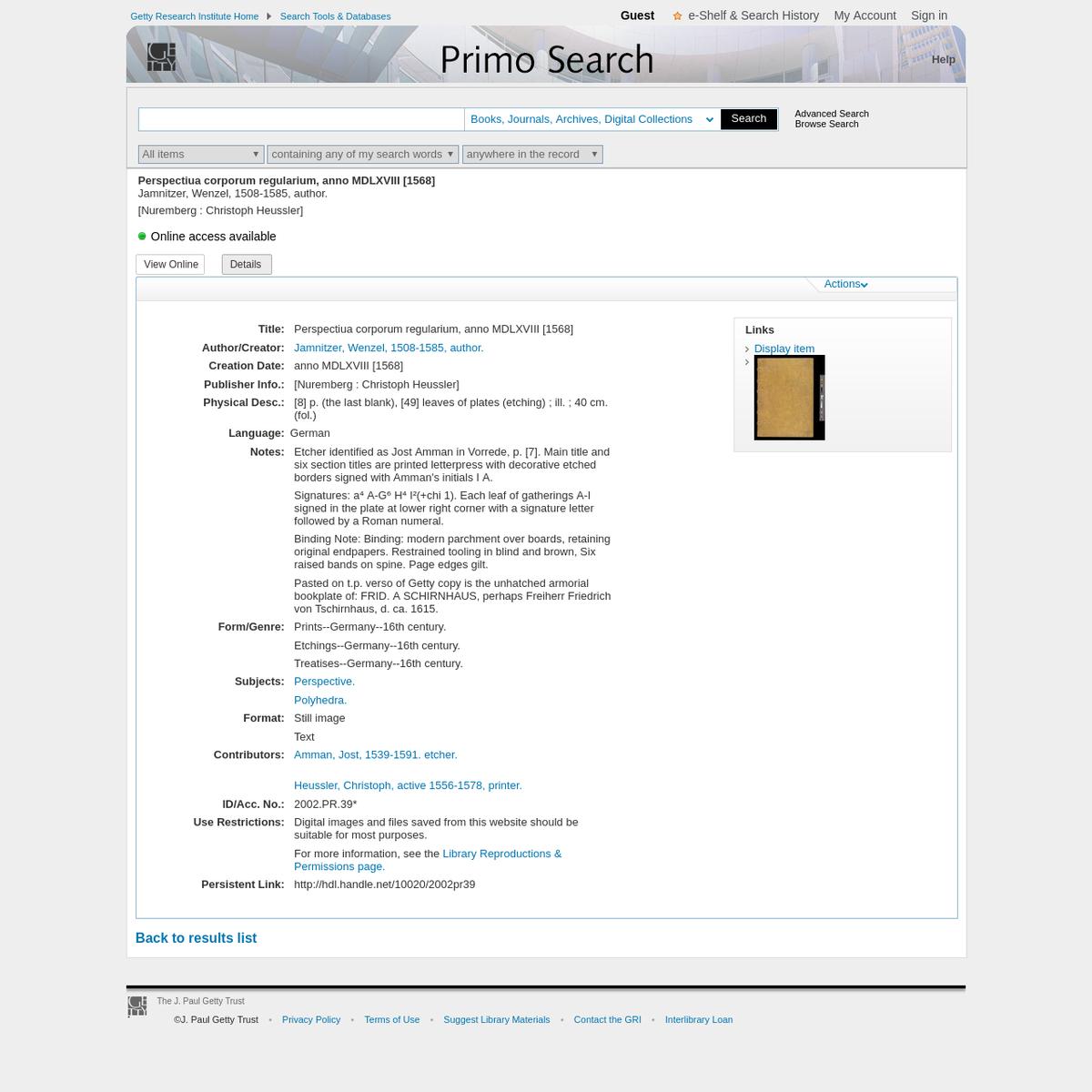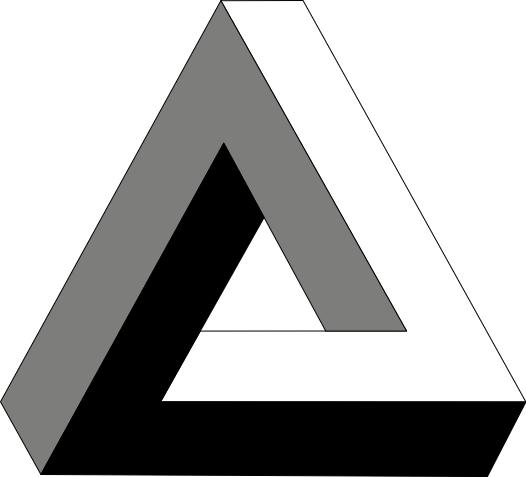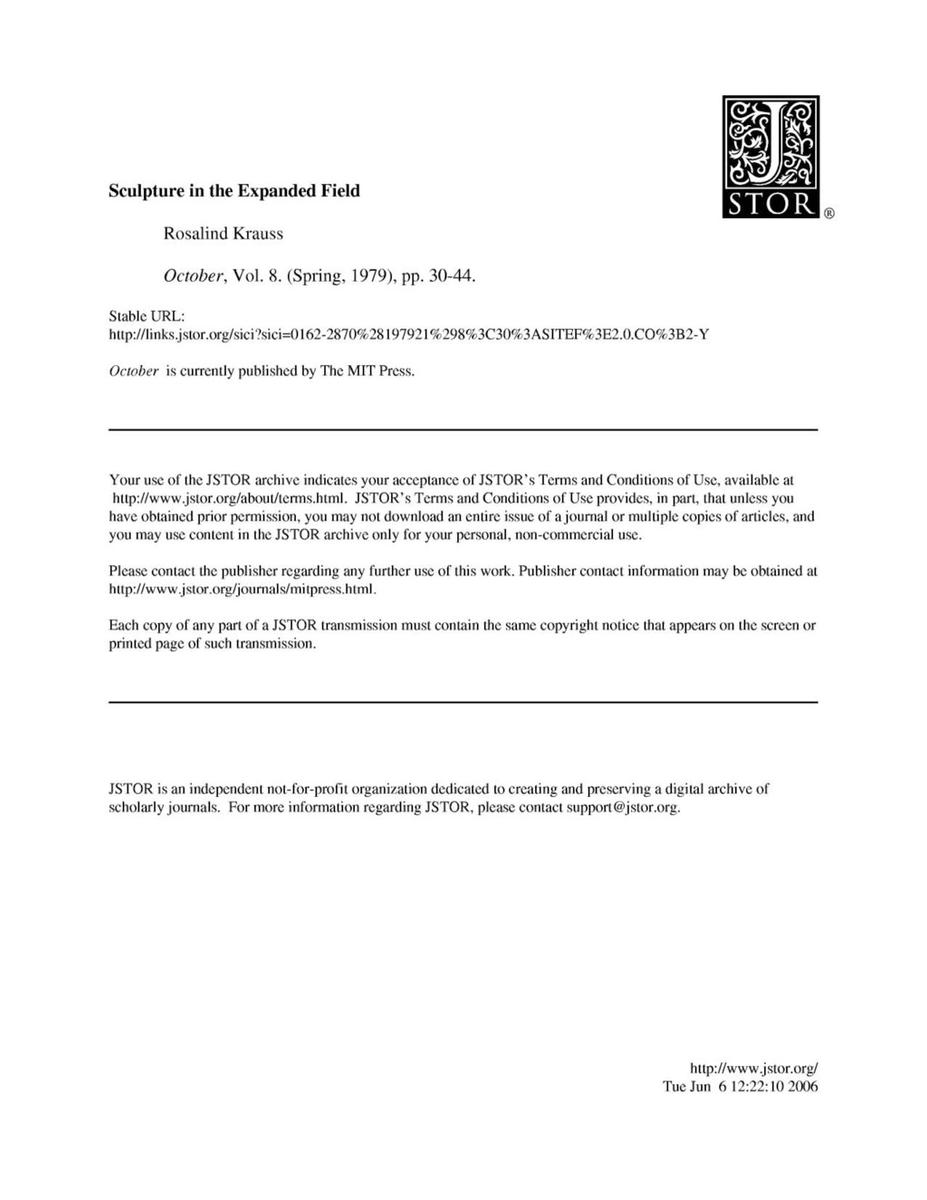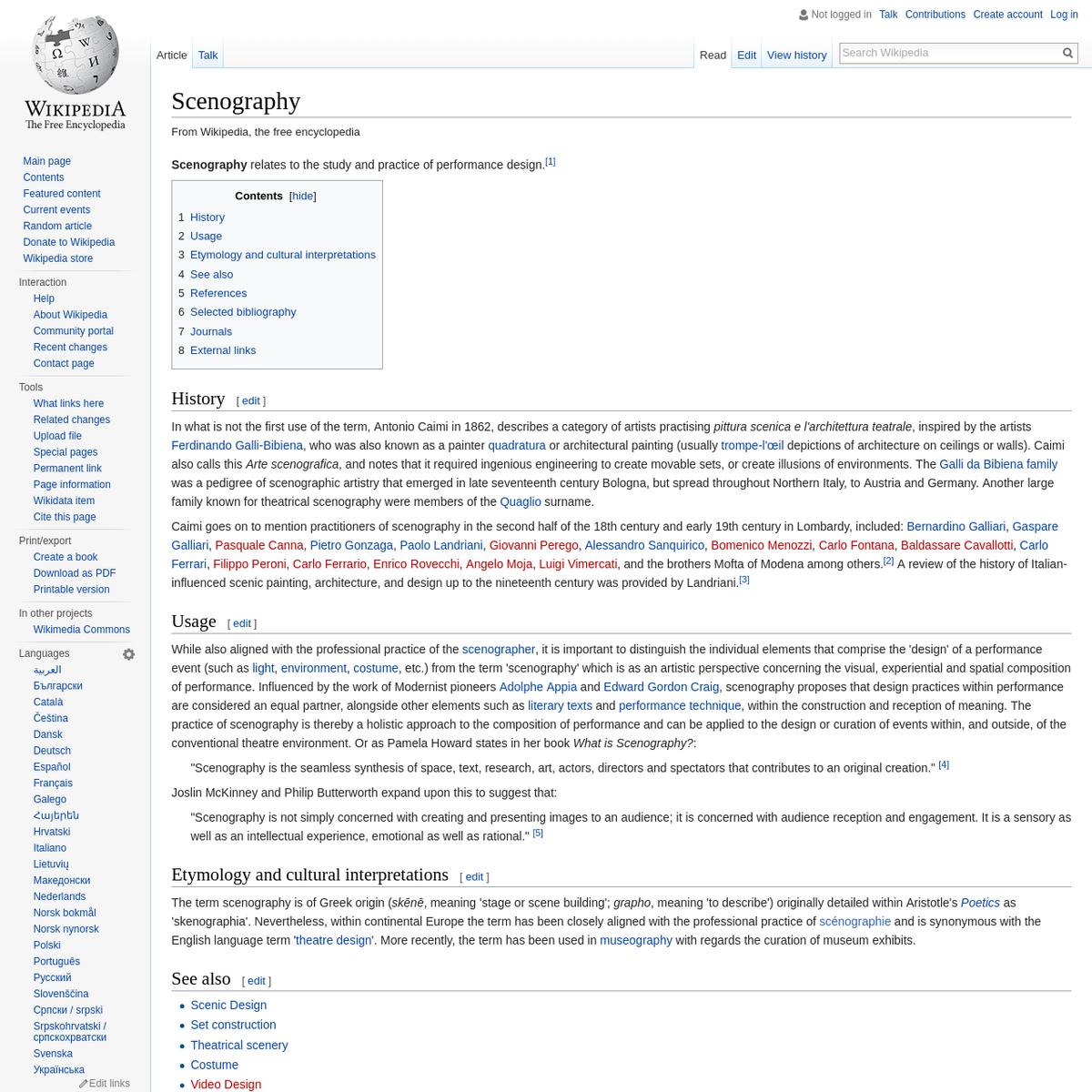syn·site
in dictionary terms: (noun): an entangled, non-singular locus of experience, exchange, environment, observation, objects, or relationships, crystallized in a networked space, actual or virtual, marked by simultaneity, plurality, and potentiality. (verb): the act of synchronizing or integrating multiple disparate locations or concepts into a unified, complex space. This process involves the recognition and active engagement with the overlapping, entangled realities of these sites, effectively creating a new, dynamic, and non-singular site. The usage of "site" as a verb in this context is an extension of its standard usage to refer to positioning or placing something, but here it refers to positioning or placing within a conceptual, multi-layered space.
in dictionary terms: (noun): an entangled, non-singular locus of experience, exchange, environment, observation, objects, or relationships, crystallized in a networked space, actual or virtual, marked by simultaneity, plurality, and potentiality. (verb): the act of synchronizing or integrating multiple disparate locations or concepts into a unified, complex space. This process involves the recognition and active engagement with the overlapping, entangled realities of these sites, effectively creating a new, dynamic, and non-singular site. The usage of "site" as a verb in this context is an extension of its standard usage to refer to positioning or placing something, but here it refers to positioning or placing within a conceptual, multi-layered space.
SYN (along with, at the same time | from Greek SYN, with | ~SYNTHETIC) + SITE (N: point of event, occupied space, internet address; V: to place in position | from Latin SITUS, location, idleness, forgetfulness | ~WEBSITE ¬cite ¬sight), cf. SITE/NON-SITE (from Robert Smithson, A PROVISIONAL THEORY OF NONSITES, 1968)



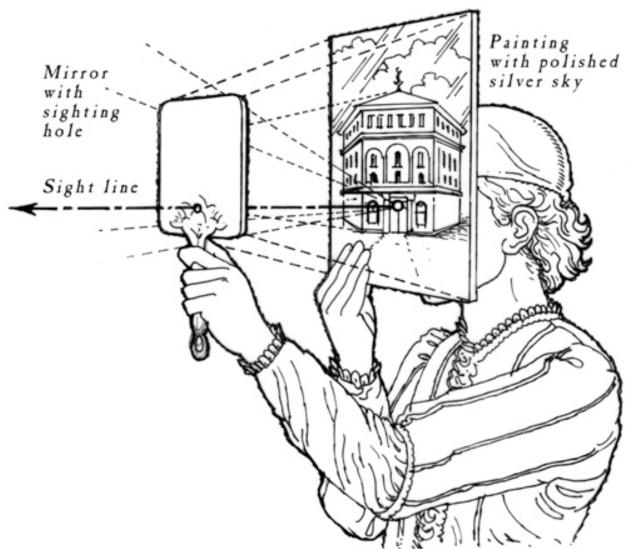


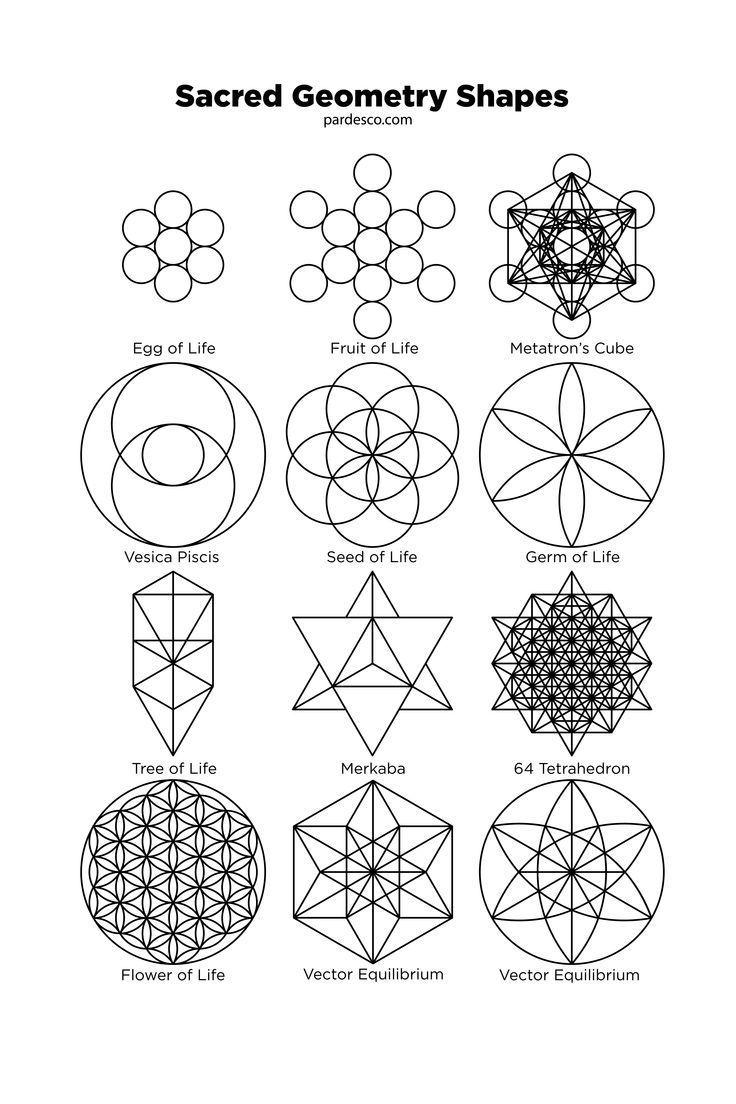


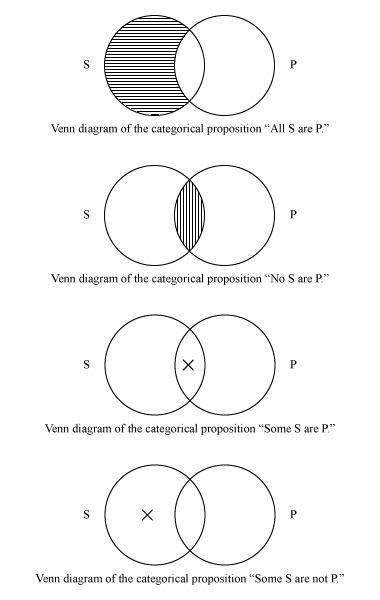





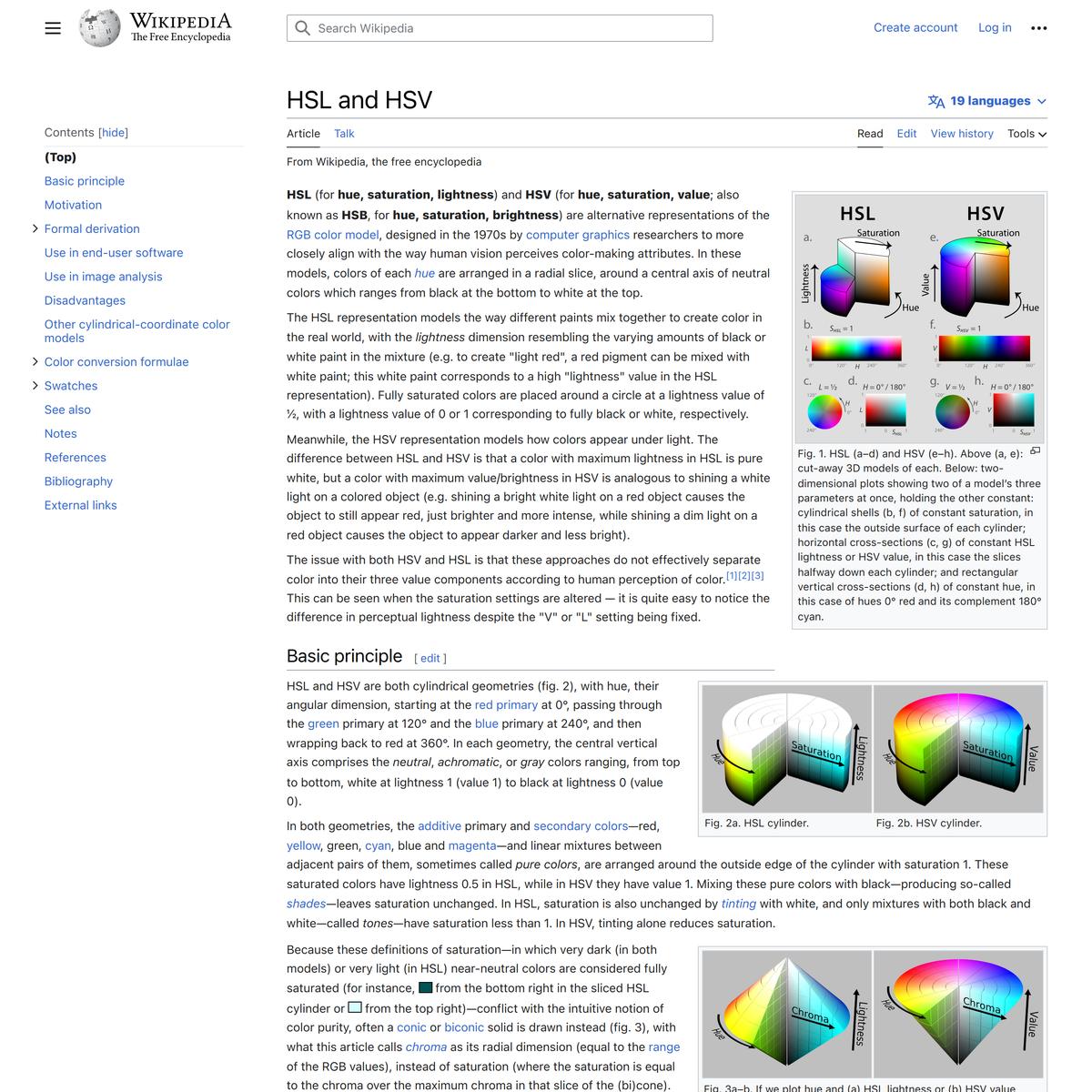


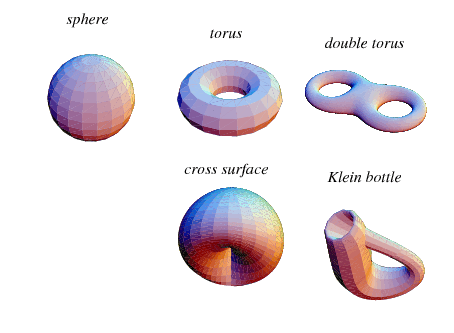


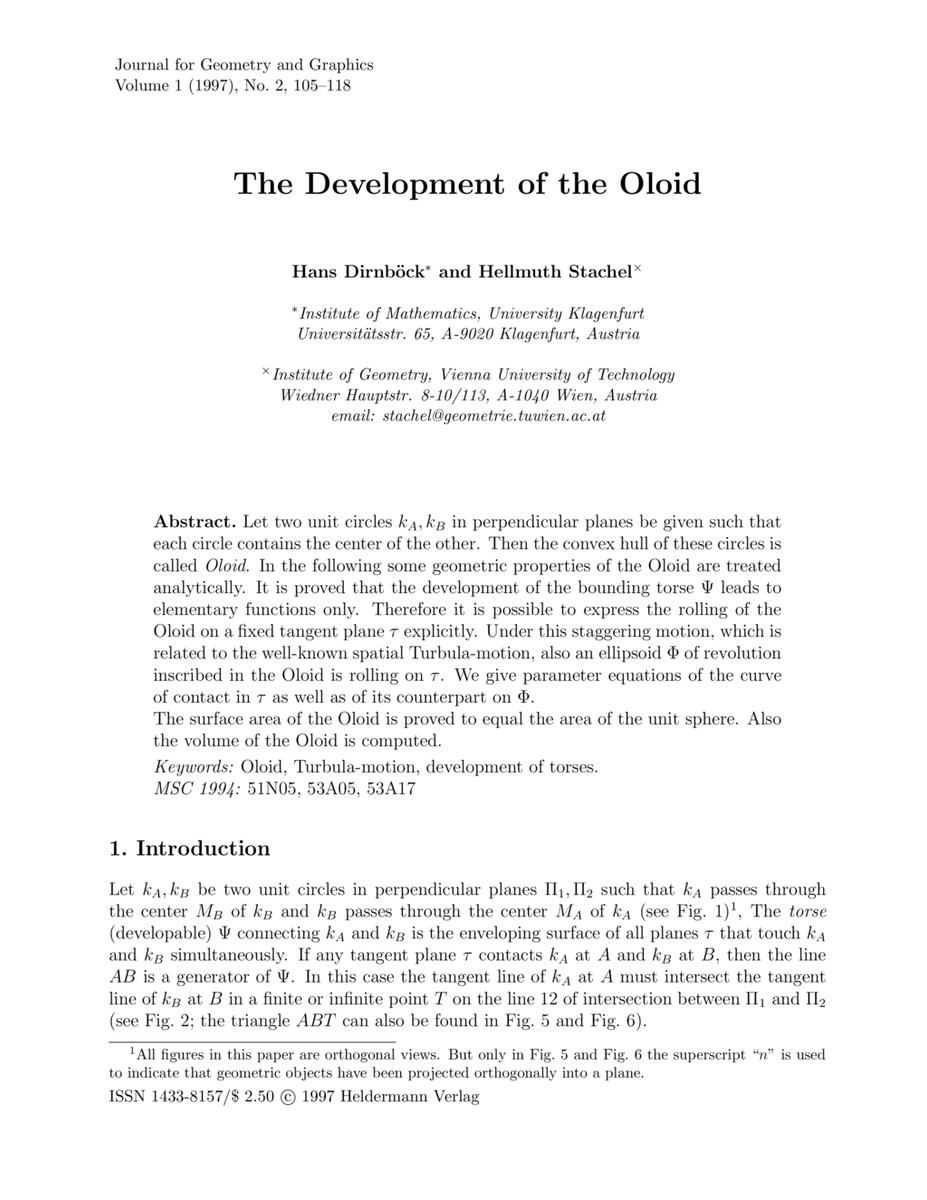


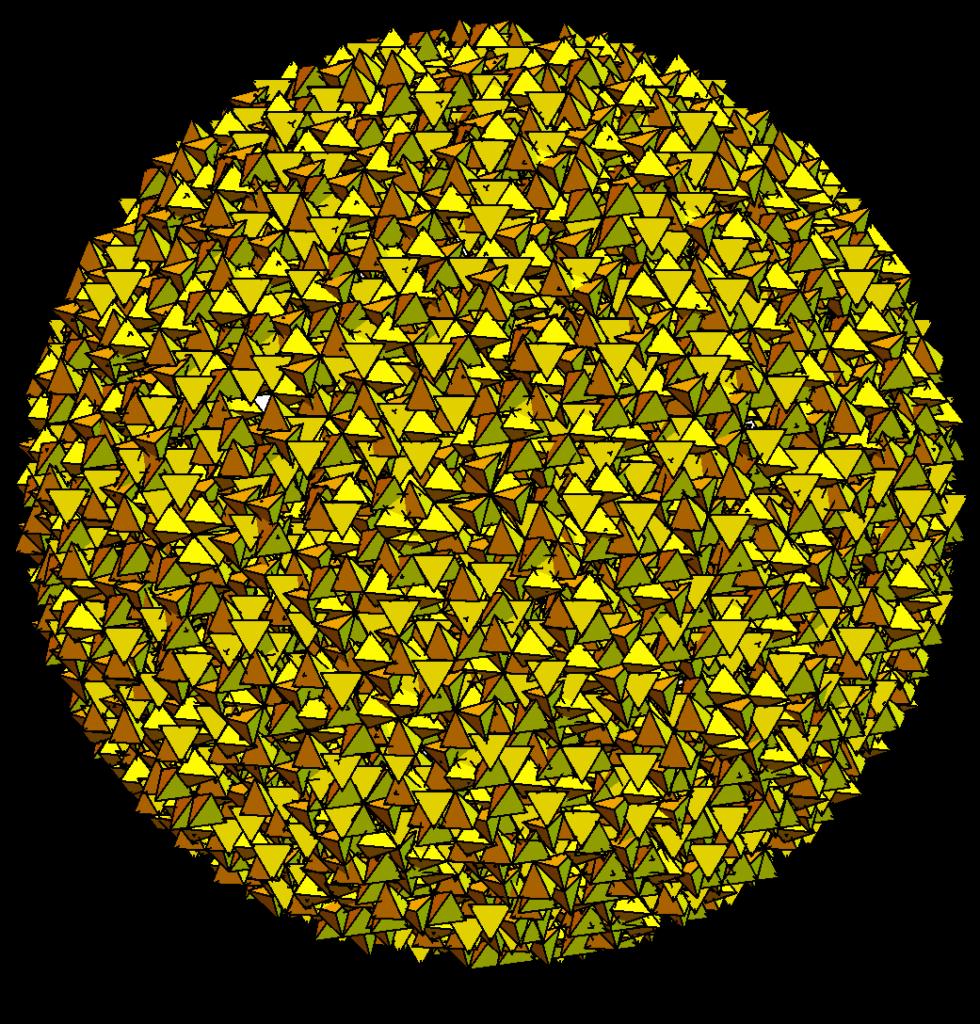





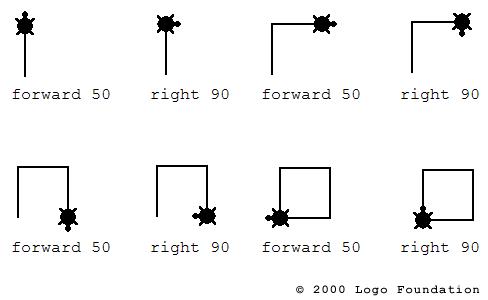


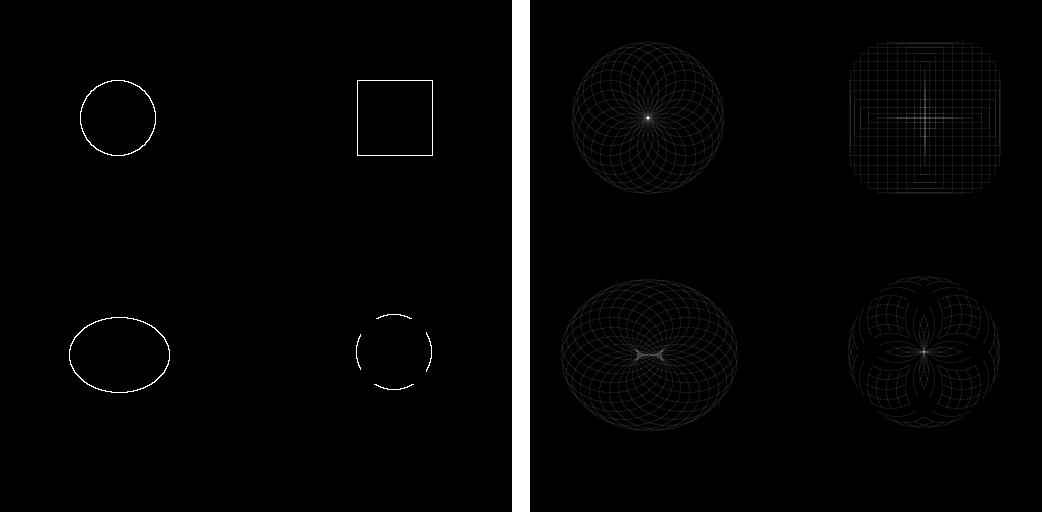


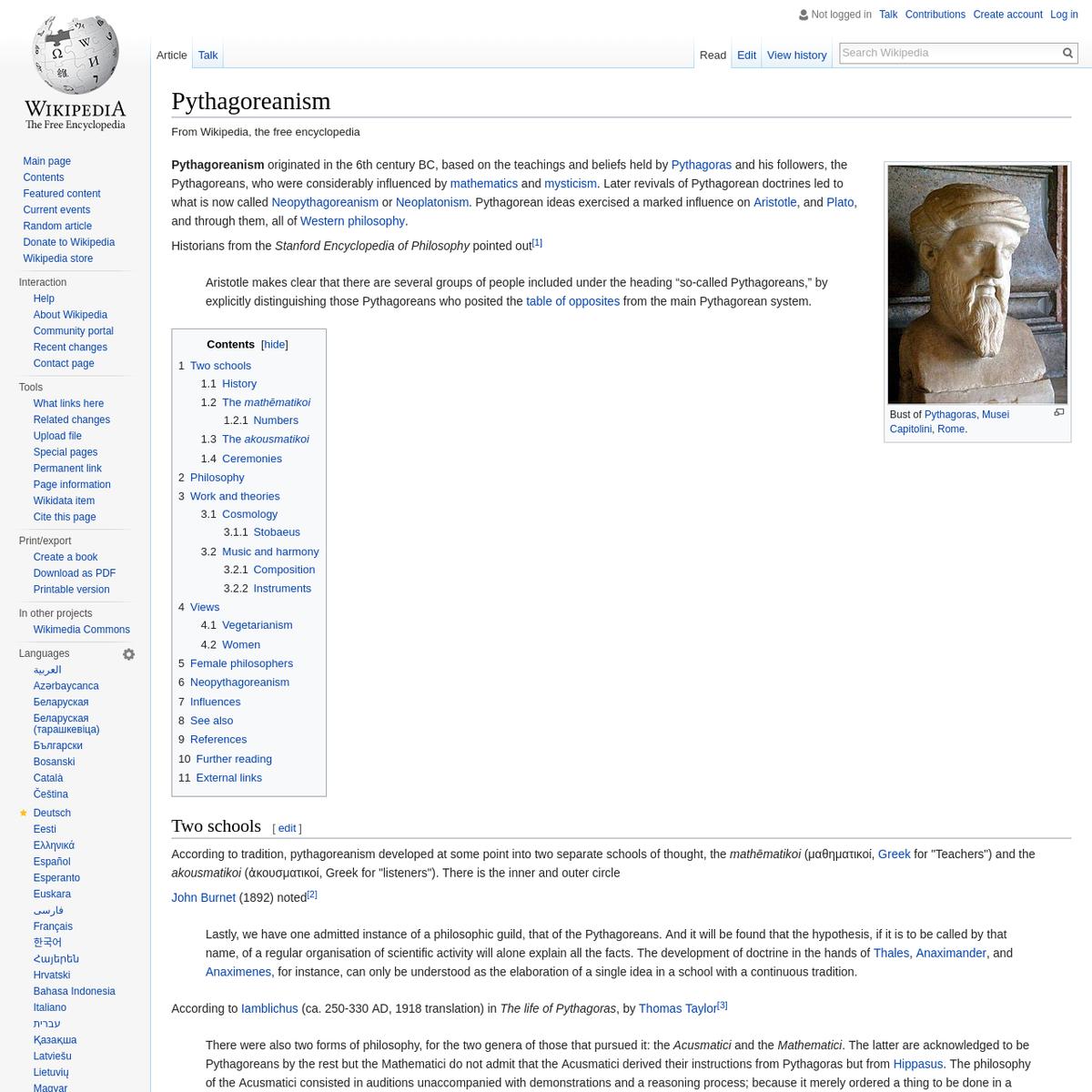





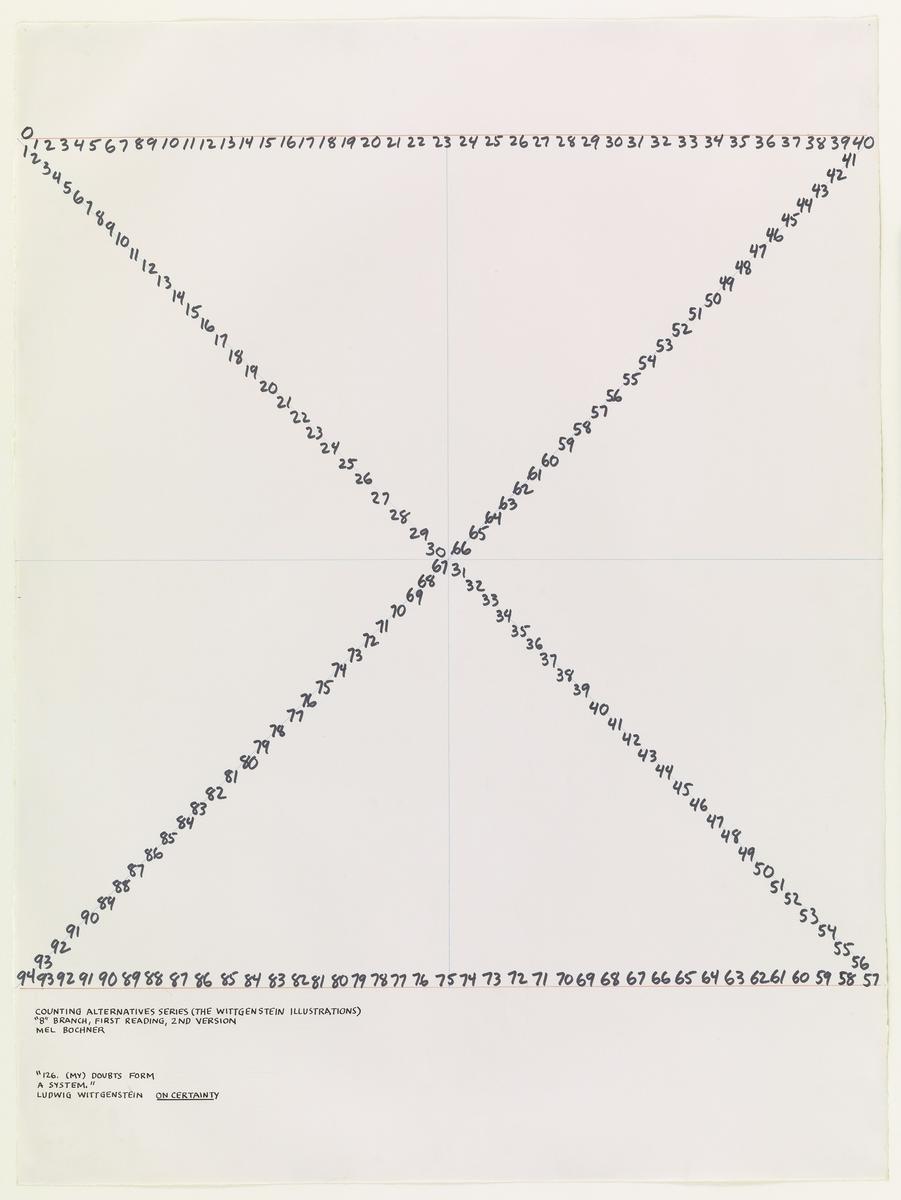





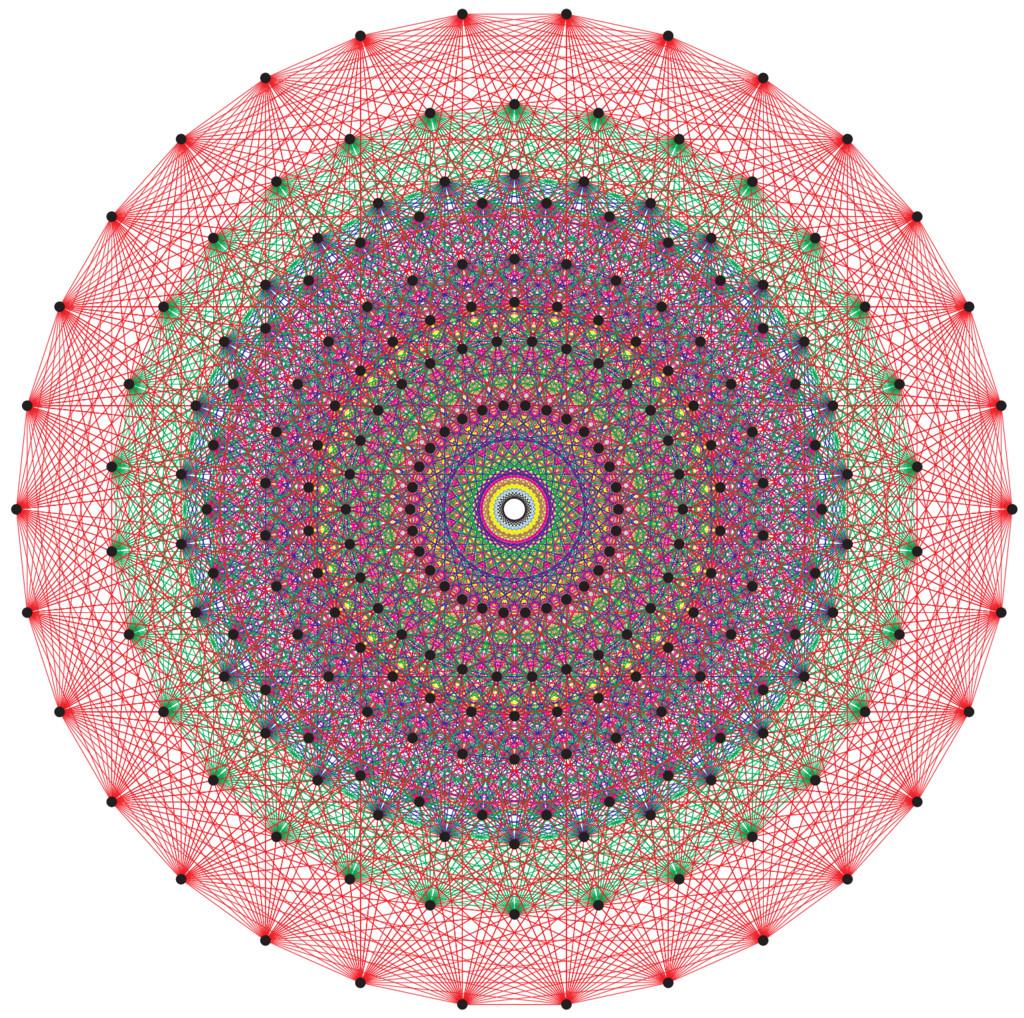





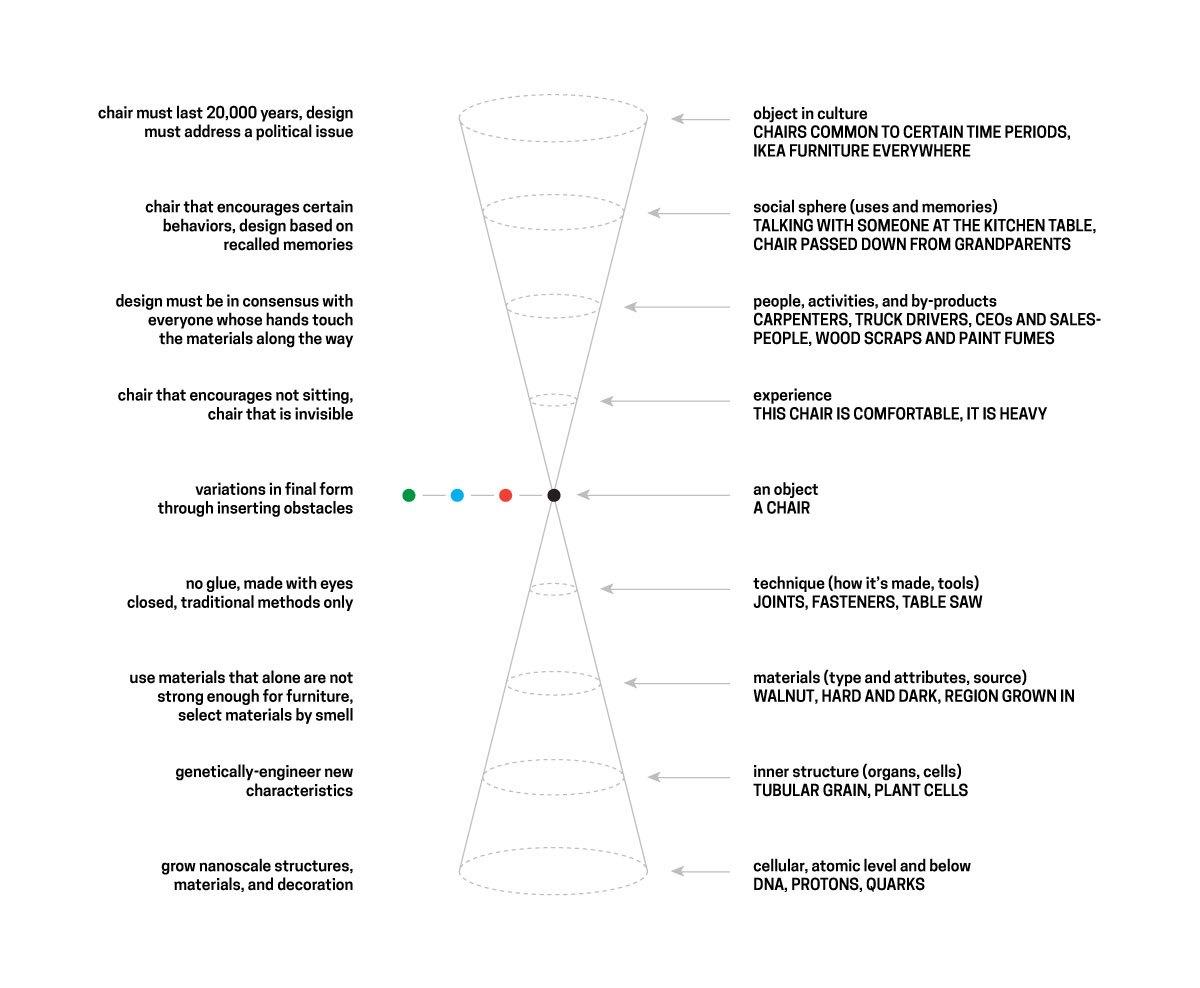


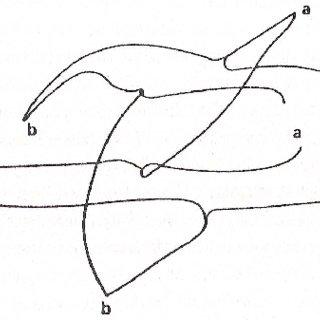


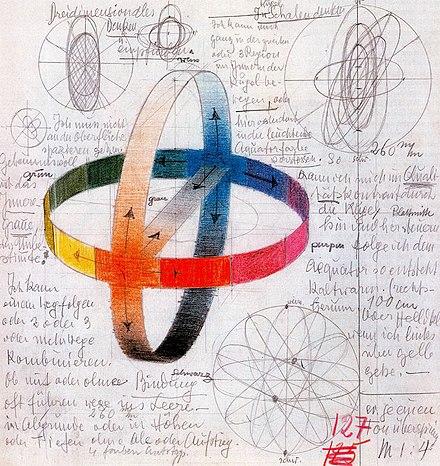


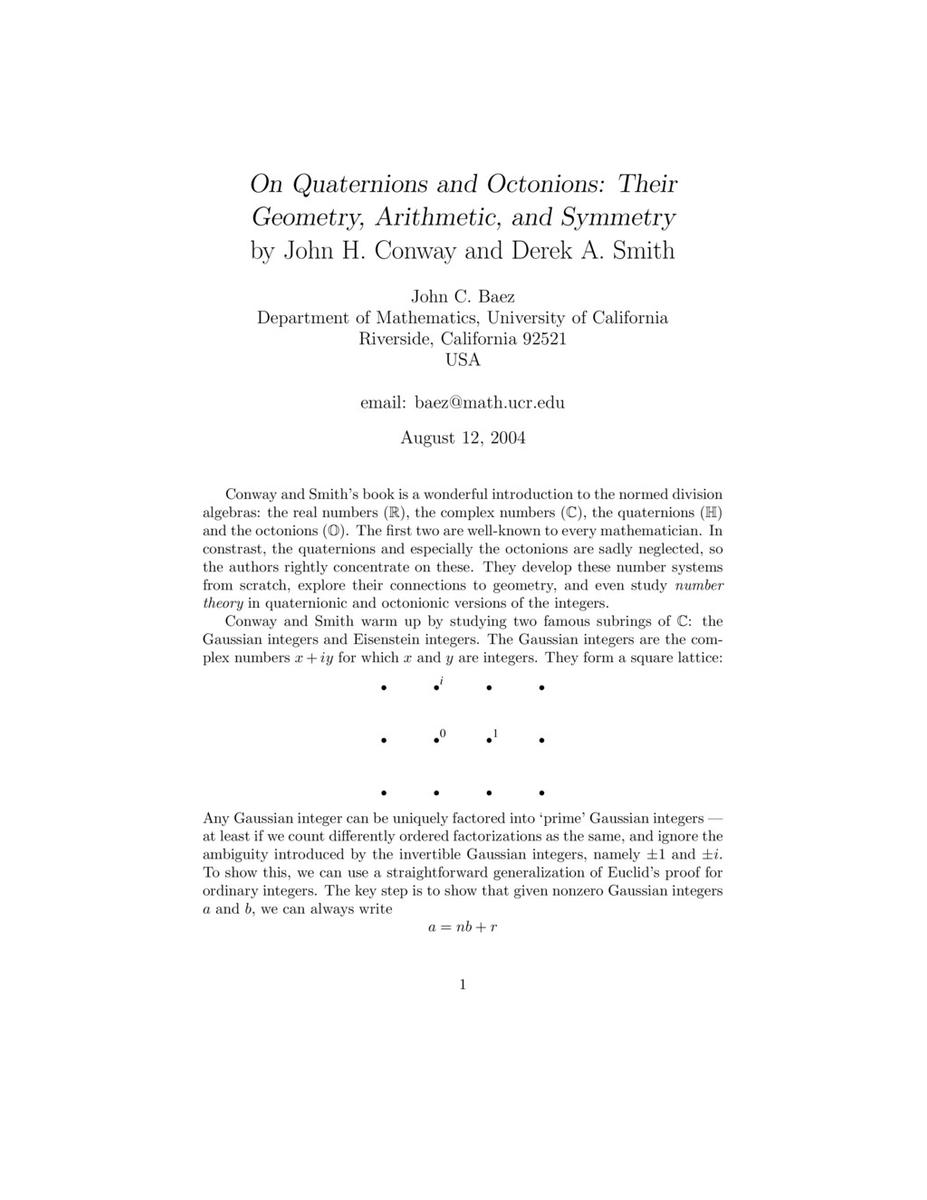





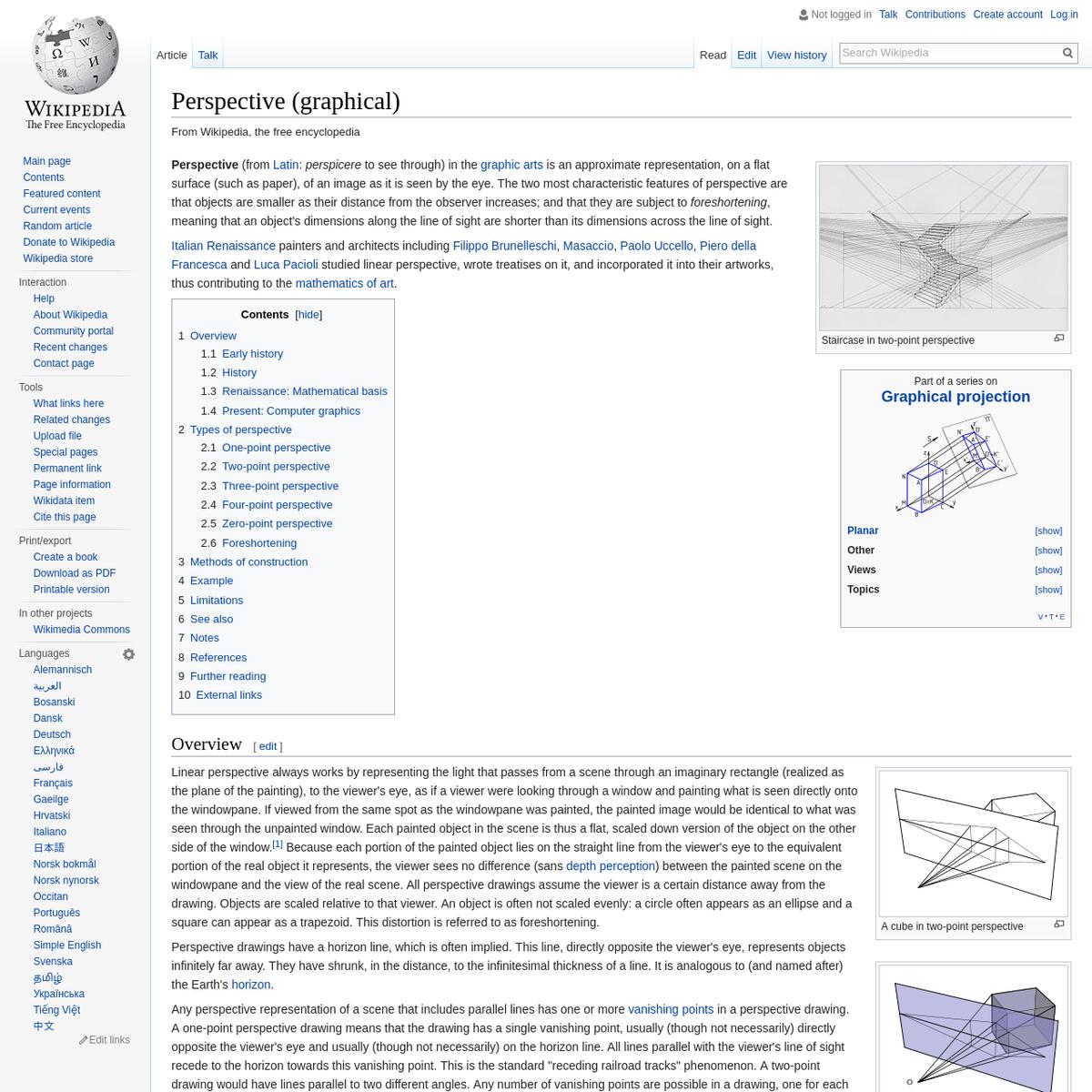


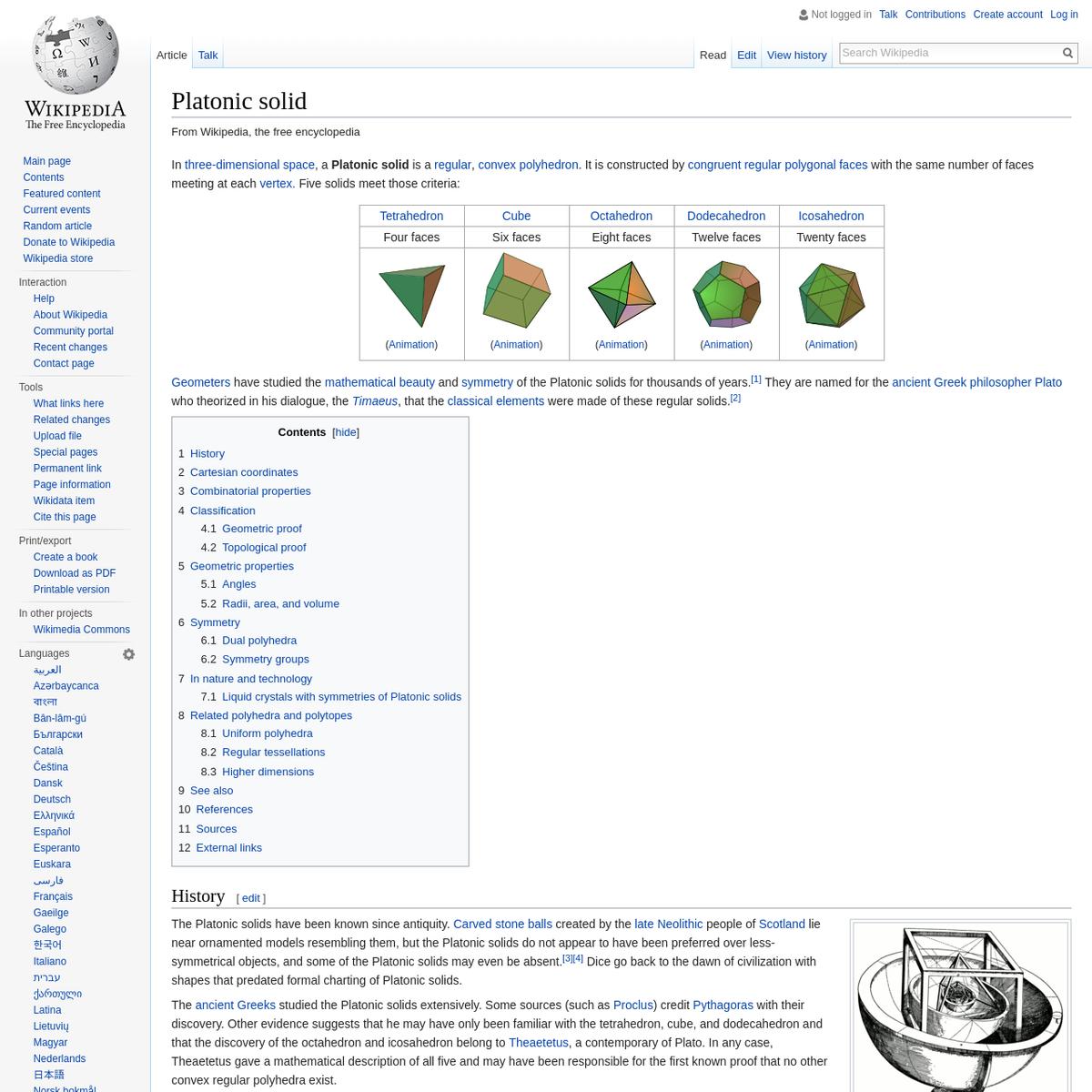


Manifolds are the fundamental surfaces that data is found on. Once you have a manifold to describe your data, you can make predictions about the remaining space.
Manifolds are the fundamental surfaces that data is found on. Once you have a manifold to describe your data, you can make predictions about the remaining space.
Manifolds are the fundamental surfaces that data is found on. Once you have a manifold to describe your data, you can make predictions about the remaining space.



